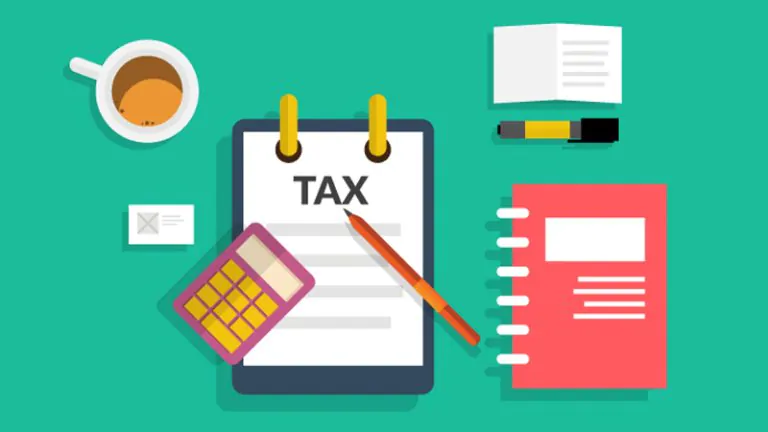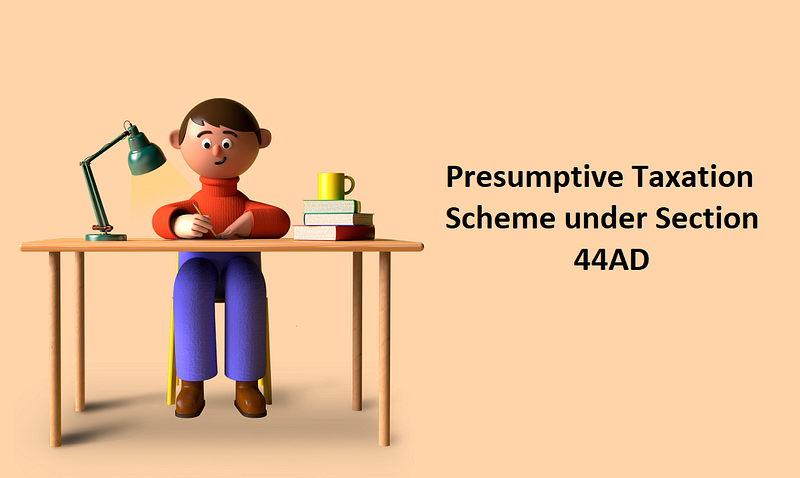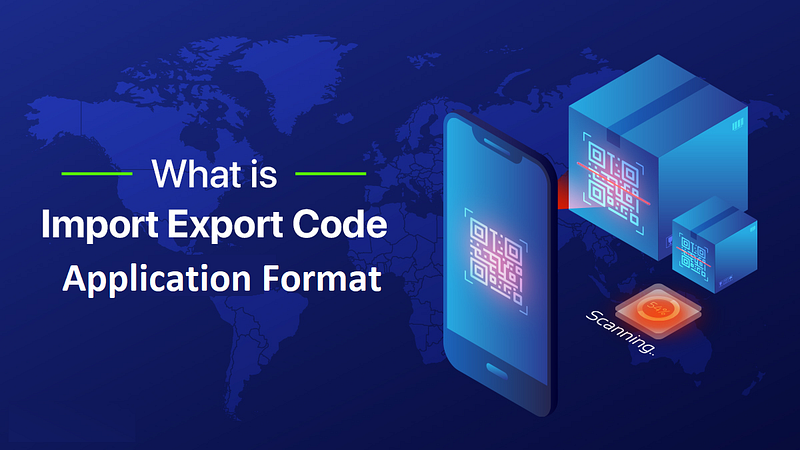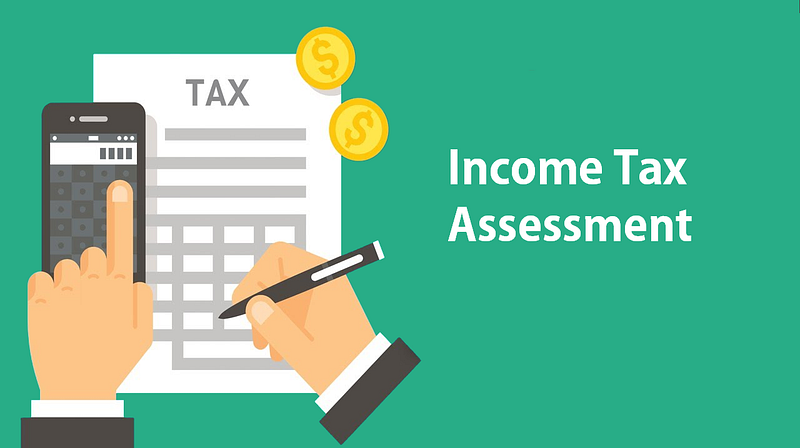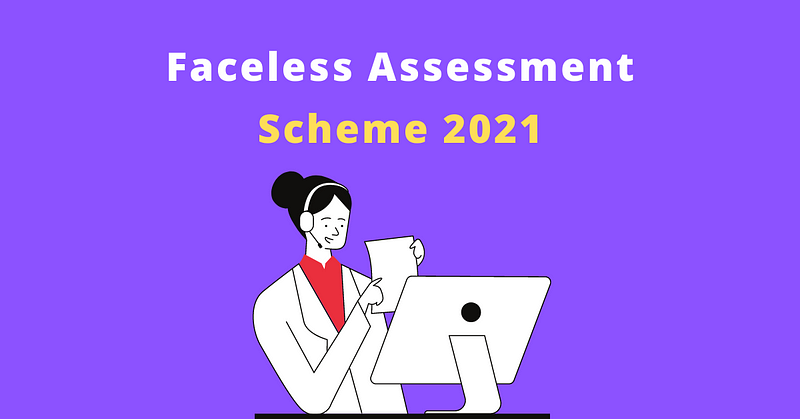
Introduction
The Central Board of Direct Taxes recently announced the Faceless Assessment (1st Amendment) Scheme, 2021.For honouring the honest taxpayers, the Prime Minister has launched a faceless tax scrutiny.
What is the faceless assessment scheme 2019?
The Central Government introduced the Faceless Assessment Scheme to supply greater transparency, efficiency and accountability in tax assessments.It aims to enhance the use of resources through economies of scale and functional specialization and suggest a team based determination of arms’ length price with dynamic jurisdiction.
What is the aim of bringing the Faceless Assessment (1st Amendment) Scheme, 2021?
This has been transfer in to bring the provisions of faceless assessment scheme 2019 at par with the provisions of section 144B of the tax Act.
Features of Faceless Assessment Scheme
Following are the features of faceless assessment scheme-
1. Selection of a Taxpayer only through system using data analytics and AI .
2. Automated random allocation of cases.
3. No physical interface, no got to visit the tax office.
4. Dynamic Jurisdiction to abolition of territorial jurisdiction.
5. Team-based assessment and team-based review.
NATIONAL E-ASSESSMENT CENTRE (NeAC)
1. It is one point to act as a Central cell between Taxpayer and therefore the tax Department.
2. It is located in Delhi and inaugurated on 7th October, 2019.
3. The centre is directed by the Principal Chief Commissioner of tax .
4. It promotes the conduct of e-assessment proceedings during a centralised manner.
REGIONAL E-ASSESSEMENT CENTRE (ReAC)
1. It comprises of Assessment unit, Review unit, Technical unit, and Virtual unit.
2. Each ReAC is headed by Chief Commissioner of tax (CCIT).
3. ReAC established in India are in Delhi, Mumbai, Chennai, Kolkata, Ahmedabad, Pune, Bangalore and Hyderabad.
ASSESSMENT UNIT
1. It promotes the identification of points or issues material for the determination of any liability (including refund) under the Act.
2. Seeking information or clarification on points or issues so analysed.
3. Analysis of fabric equipped by the assessee or the other person, and such other functions as could also be prescribed for the needs of creating assessment.
VERIFICATION UNIT
The verification unit promote the conduct of e-assessment to perform the function of verification, which includes- 1. Enquiry,
2. Cross verification,
3. Examination of books of accounts,
4. Examination of witnesses and recording of statements,
REVIEW UNIT
Review of draft assessment order including-
Checking whether significant and material evidence has been brought on transcript.
Whether suitable points of fact and law are duly incorporated within the draft order.
Whether issues on which addition, rejection should be made have discussed in draft order,
Whether applicable judicial decisions are considered and affect in draft order,
Checking for arithmetical correctness of modifications proposed.
Technical Units
The technical units are established to assist with legal, forensic and accounting. Alike, information technology, data analytics, valuation, transfer pricing and other relevant technical requirements have also been well-established.
THE INTIAL PROCESS
STEP 1: Case selected for scrutiny.
STEP 2: Goes straight to the National e- assessment centre (NeAC).
STEP 3: NeAC issues case number and allot it to assessment unit of a ReAC on random basis.
STEM 4: Process of assessment starts through e-filling portal.
STEP 5: NeAC, then issue notice as finalised by assessment unit to assessee- electronically.
STEP 6: The Assessment unit studies financial and ITR and other documents and prepares notice under Section 143(2).
For more information Click here
